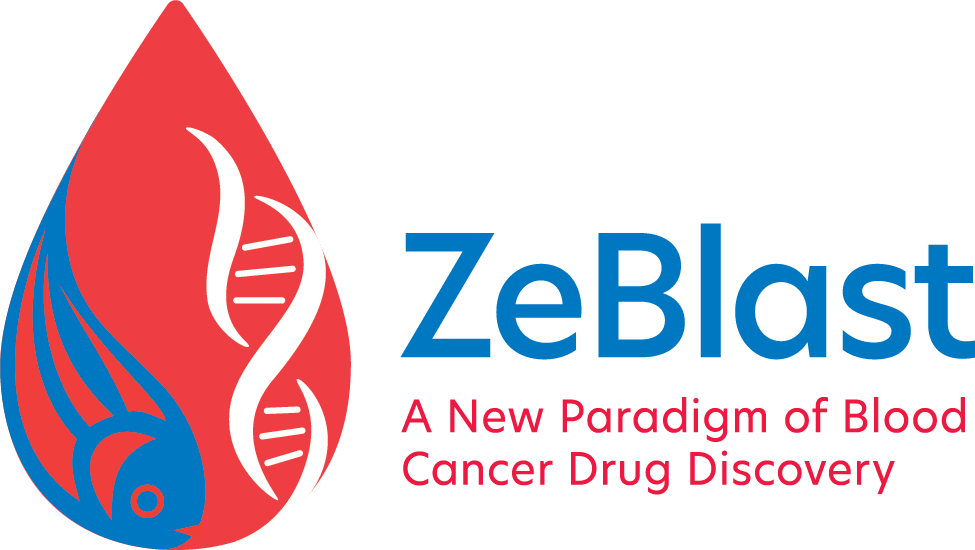Follistatin is a novel therapeutic target and biomarker in FLT3/ITD acute myeloid leukemia
Author: Bai-Liang He # 1 2, Ning Yang # 1, Cheuk Him Man 1, Nelson Ka-Lam Ng 1, Chae-Yin Cher 1, Ho-Ching Leung 1, Leo Lai-Hok Kan 1, Bowie Yik-Ling Cheng 1, Stephen Sze-Yuen Lam 1, Michelle Lu-Lu Wang 1, Chun-Xiao Zhang 1, Hin Kwok 3, Grace Cheng 3, Rakesh Sharma 3, Alvin Chun-Hang Ma 4, Chi Wai Eric So 5, Yok-Lam Kwong 1, Anskar Yu-Hung Leung 1
Abstract
Internal tandem duplication of Fms-like tyrosine kinase 3 (FLT3/ITD) occurs in about 30% of acute myeloid leukemia (AML) and is associated with poor response to conventional treatment and adverse outcome. Here, we reported that human FLT3/ITD expression led to axis duplication and dorsalization in about 50% of zebrafish embryos. The morphologic phenotype was accompanied by ectopic expression of a morphogen follistatin (fst) during early embryonic development. Increase in fst expression also occurred in adult FLT3/ITD-transgenic zebrafish, Flt3/ITD knock-in mice, and human FLT3/ITD AML cells. Overexpression of human FST317 and FST344 isoforms enhanced clonogenicity and leukemia engraftment in xenotransplantation model via RET, IL2RA, and CCL5 upregulation. Specific targeting of FST by shRNA, CRISPR/Cas9, or antisense oligo inhibited leukemic growth in vitro and in vivo. Importantly, serum FST positively correlated with leukemia engraftment in FLT3/ITD AML patient-derived xenograft mice and leukemia blast percentage in primary AML patients. In FLT3/ITD AML patients treated with FLT3 inhibitor quizartinib, serum FST levels correlated with clinical response. These observations supported FST as a novel therapeutic target and biomarker in FLT3/ITD AML.
